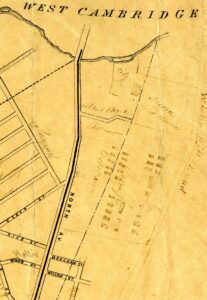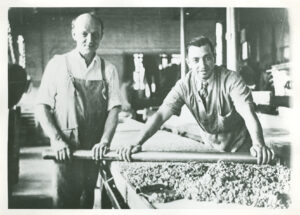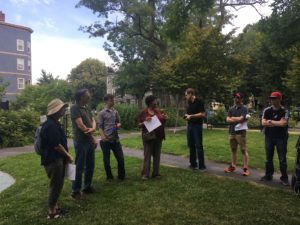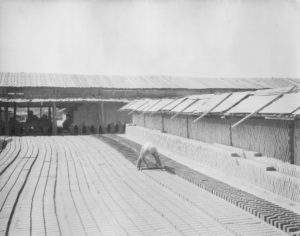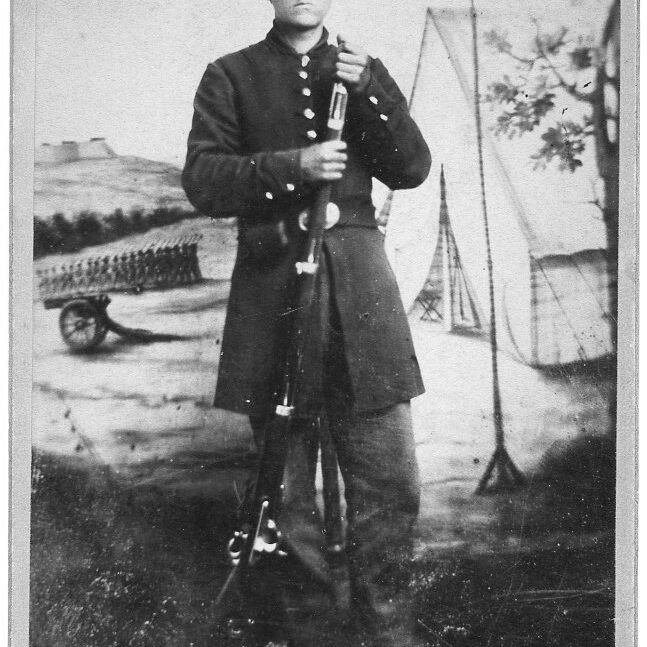
1861: The Civil War Comes to Cambridge
Cornelius Gerrit Hendrick Bennick enlisted in April 1861, joining some 100 other Cambridge men in Company D, 5th Regiment, Massachusetts Infantry. The unit fought in several major battles, including Gettysburg. After the war, Bennick was a member of the Common Council and the Massachusetts House of Representatives. His papers are in the Cambridge Historical Society archives.
By Michael Kenney, 2011
On January 5, 1861, James P. Richardson, an attorney with offices in Central Square, announced in the Cambridge Chronicle that he proposed “to organize a company of volunteers to render their service to our common country, and to do what they can to maintain the integrity and glory of our flag and Union.” Any citizen “of moral character, and sound in body” was invited to call at his office. And with that notice, the War came to Cambridge.
Richardson, born in 1821, had worked at Davenport and Bridges, the Cambridgeport carriage-makers, then graduated from Harvard Law School in 1855. He lived on Western Avenue and had been the local commander of the Wide-Awakes, an organization working for Abraham Lincoln’s election.
By April, some 60 men had joined his volunteer company. And when President Lincoln, responding to the April 12 attack on Fort Sumter, called for 75,000 volunteers, recruits crowded the stairway to Richardson’s office. Reporting at the State House on April 17, they were mustered as Company C, 3d Volunteer Regiment – the first unit raised in Massachusetts – and ordered to Fort Monroe in northern Virginia.
Back on the home front, according to the 1871 History of Massachusetts in the Civil War, the city government, acting on April 17, appropriated $5,000 “for support of the families of volunteers,” and a vote-of-thanks was passed to the Cambridge women “for their offer of flannel undergarments” for the volunteers heading to the war front.
In the following weeks, $1,700 was transferred from the appropriation for watering the streets to a fund to aid soldiers’ families; several orders were passed to provide rations and barracks for a second company of volunteers being raised; and it was voted “to decorate with a flag” the chair of a member of the Common Council who had volunteered for active duty.
Over the summer months, several other volunteer companies were raised and in July, $300 was appropriated “to give a reception” to Captain Richardson’s Company C on its return from three months’ garrison duty at Fort Monroe. Richardson and his men, however, did not stay home for long. That fall, Richardson was appointed captain of Company A, 38th Regiment, Massachusetts Volunteer Infantry. The regiment was ordered to Maryland and later to New Orleans.
As the year was ending, Mayor Charles Russell and a member of the Common Council were appointed as a committee to visit the regiments encamped on the Potomac River “to see that they were well cared for, and take charge of any sums of money which they might wish to send home to their friends.”
To be continued.


